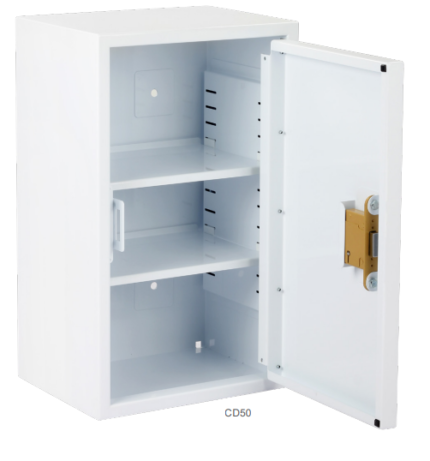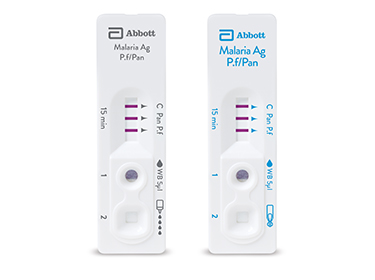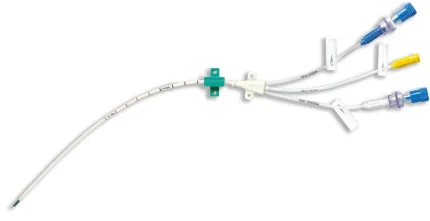Each 1 litre containsGlucose Monohydrate equivalent to—15.0, 25.0 or 42.5 gAnhydrous Glucose—13.6, 22.7 or 38.6 gSodium Chloride—5.4 gSodium Lactate—4.5 gCalcium Chloride—184 mgMagnesium Chloride—51 mgWater for Injections to—100 % w/v |
mmol per litre (approx.)Sodium—132Calcium—1.25Magnesium—0.25Chloride—95Lactate—40mOsm per litre—344 or 395 or 483 |
₵0.00
Each 1 litre containsGlucose Monohydrate equivalent to—15.0, 25.0 or 42.5 gAnhydrous Glucose—13.6, 22.7 or 38.6 gSodium Chloride—5.4 gSodium Lactate—4.5 gCalcium Chloride—184 mgMagnesium Chloride—51 mgWater for Injections to—100 % w/v |
mmol per litre (approx.)Sodium—132Calcium—1.25Magnesium—0.25Chloride—95Lactate—40mOsm per litre—344 or 395 or 483 |
Only logged in customers who have purchased this product may leave a review.




COPYRIGHT © 2024 HEALTHTECH GHANA LIMITED ALL RIGHTS RESERVED
Reviews
There are no reviews yet.